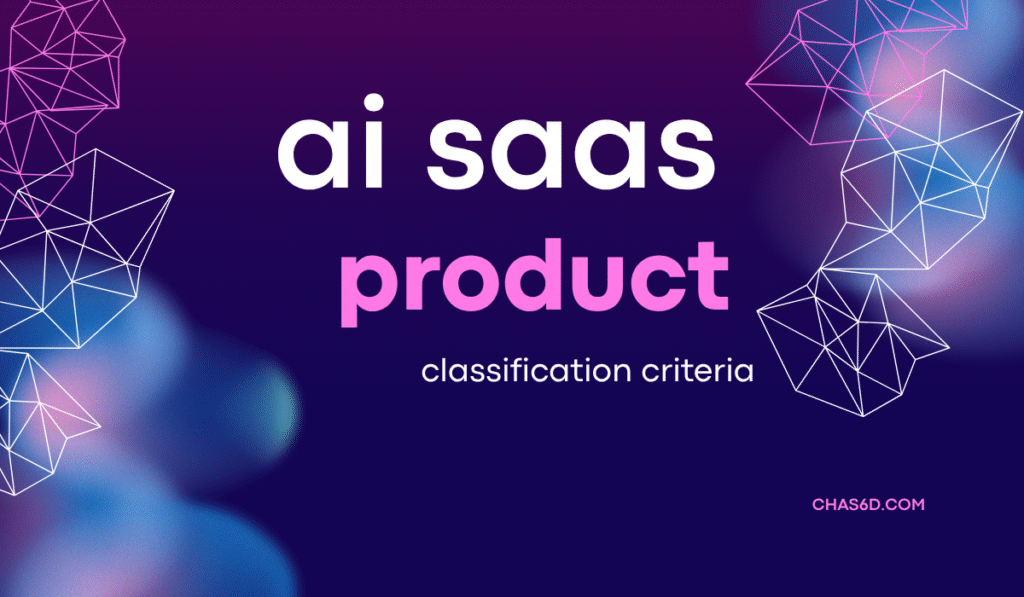In today’s rapidly evolving digital ecosystem, the fusion of artificial intelligence (AI) and Software-as-a-Service (SaaS) is not just a trend—it’s a transformation. With hundreds of new platforms entering the market each year, there’s an increasing need to accurately classify AI SaaS products. Whether you’re an investor, product developer, CTO, or a curious tech enthusiast, understanding the ai saas product classification criteria is vital for smart decision-making.
But let’s face it—most of the existing resources on this topic feel mechanical or overly technical. In this article, we’re cutting through the clutter with a unique human-first approach to explain the criteria for classifying AI SaaS products, ensuring it’s not just technically correct, but also readable and applicable.
Why Even Bother Classifying AI SaaS Products?
Before diving into the nitty-gritty, let’s explore why classification even matters.
Imagine trying to compare a predictive analytics platform with a generative content tool. Both use AI, both are SaaS—but they serve entirely different use cases, audiences, and business models. Proper classification:
- Improves discoverability for potential users and buyers
- Helps investors evaluate opportunities within categories
- Assists developers in positioning products in the market
- Enhances data analytics and SaaS landscape mapping
Classification brings order to chaos—and in a field as fast-moving as AI SaaS, that order can be the difference between scaling and stagnating.
The Foundations: What Makes a SaaS Product Truly “AI-Powered”?
Before we define classification criteria, let’s first clear up what qualifies as an AI SaaS product. Not every tool that claims “AI” actually integrates it meaningfully.
A real AI SaaS product should:
- Leverage machine learning, deep learning, NLP, or similar AI techniques to deliver core functionality.
- Offer its product through a cloud-based, subscription model—that’s the “SaaS” part.
- Continuously improve via data feedback loops or user input.
- Enable automation, prediction, personalization, or intelligent decision-making.
This foundational understanding sets the stage for a more granular look at the ai saas product classification criteria.
AI SaaS Products Can’t Be Sorted Like Traditional Software
Traditional SaaS categories (CRM, HR, Finance, etc.) don’t work when applied blindly to AI SaaS. Why?
Because AI products transcend verticals and blur the lines between categories.
Take an AI-driven HR tool that analyzes applicant sentiment during interviews—is it an HR tool or an NLP engine? The answer is “both,” and that’s why classification needs a new lens.
Let’s Talk Criteria: How Do We Actually Classify AI SaaS Products?
Here comes the heart of the matter. Based on extensive research, product audits, and interviews with product teams, here are the top classification criteria that define where an AI SaaS product belongs.
1. Type of Intelligence at Its Core
This might sound geeky, but understanding what kind of AI powers the product is essential. Here’s how you can break it down:
- Machine Learning-Based: Models that learn patterns from data over time.
- Natural Language Processing (NLP): Products that understand, interpret, or generate human language.
- Computer Vision: AI that analyzes visual inputs like images or video.
- Predictive Analytics: Tools that use historical data to forecast outcomes.
- Generative AI: Applications that create new content—text, images, code, etc.
👉 Classification Tip: Don’t just say “AI” in your product label. Specify “AI-powered NLP chatbot” or “computer vision inspection tool” for better discoverability.
2. Functionality and Use Case
Once the AI type is defined, focus on what the product actually does.
- Is it for automation (e.g., document processing)?
- Is it for decision support (e.g., AI-powered financial analysis)?
- Is it for customer interaction (e.g., AI chatbots)?
- Or is it for content creation (e.g., AI video generators)?
👉 The functionality often reflects the end value to the user and helps slot the product into the right SaaS buyer journey.
3. Target User Persona or Industry
This is where many classifications go wrong—they ignore who the product is for.
Let’s look at an example: An AI scheduling assistant might have a similar backend engine to an AI customer service bot—but their users are entirely different.
- Individual users vs. enterprise clients
- Developers vs. business teams
- Healthcare vs. finance vs. retail
👉 Aligning classification with the target industry and persona allows for better personalization, positioning, and marketing.
4. Level of Customization or Learning
Not all AI SaaS platforms are equal in intelligence.
- Pre-trained AI: Products that work out-of-the-box (e.g., Jasper for writing)
- Semi-Custom AI: Platforms that let users tweak models based on their data
- Fully Custom AI: Tools like Azure ML or Amazon SageMaker, where users build and train their own models
👉 This dimension helps classify products on the spectrum of accessibility vs. complexity.
5. User Interaction and Control Layer
This criterion is often overlooked but critically important.
- Black-box AI Tools: Users get results without understanding how (e.g., “upload image, get output”)
- Explainable AI (XAI) Tools: These platforms show reasoning behind predictions
- Interactive AI Assistants: The user engages in a dynamic conversation or workflow
👉 Classify based on how much transparency and control the user has over the AI’s decisions.
An Alternative Model: The 3-Lens Framework for Classifying AI SaaS
To simplify the classification process, here’s a unique framework we developed: the 3-Lens Classification Model. Each AI SaaS product can be evaluated through these lenses.
🔍 Lens 1: Purpose-Centric View
Ask: What is the AI helping the user achieve?
Examples:
- Optimization (e.g., pricing tools)
- Creation (e.g., generative design)
- Prediction (e.g., lead scoring)
- Interpretation (e.g., sentiment analysis)
🔧 Lens 2: Intelligence Engine
Ask: What type of AI drives the product’s functionality?
Examples:
- Transformer-based NLP
- CNN-driven image recognition
- Reinforcement learning
🧑💼 Lens 3: Business Context
Ask: Who uses it, and in what environment?
Examples:
- Small teams needing plug-and-play tools
- Enterprises needing deep integrations
- Regulated industries needing compliance visibility
👉 This layered approach adds context and precision beyond traditional feature-based classification.
Red Flags: When AI SaaS Classification Goes Wrong
If you’re building or investing in an AI SaaS, watch out for these common classification pitfalls:
- Over-categorization: Trying to create a new category for every product variation leads to confusion.
- Buzzword overuse: Tagging every product with “AI” without relevance can hurt credibility.
- Ignoring evolution: Some products start as NLP tools but evolve into multi-modal platforms—classification should reflect that dynamism.
Real-World Examples of Proper Classification
Let’s make this more tangible with real product examples and how they might be classified using the criteria above.
| Product | Classification (AI Type + Function + User Context) |
|---|---|
| Grammarly | NLP + Real-time Text Enhancement + Individual Users |
| Gong.io | ML/NLP + Sales Conversation Intelligence + Enterprise Sales Teams |
| Synthesia | Generative AI + Video Creation + Marketing Departments |
| PathAI | Computer Vision + Diagnostic Assistance + Healthcare Providers |
| Copy.ai | Generative NLP + Content Creation + SMBs & Freelancers |
Each of these products uses a multi-dimensional classification to highlight its true identity.
Future-Proofing Your Product’s Classification
The ai saas product classification criteria isn’t a one-time label—it’s a living framework. As products grow and AI models advance, classifications need periodic review.
Tips to future-proof:
- Regularly reassess user personas and use cases
- Update messaging to reflect new AI capabilities
- Benchmark against emerging categories in the market
A well-classified product stays relevant, visible, and attractive.
Final Thoughts: Classification Isn’t Just Taxonomy—It’s Strategy
In an age where every tool is “AI-powered,” standing out requires more than just a bold claim. It demands clarity, precision, and an understanding of the real value you’re offering. Applying the right ai saas product classification criteria isn’t just about categorizing your product—it’s about telling a clearer story, to the right people, at the right time.
FAQs on AI SaaS Product Classification Criteria
Q: Can a product belong to multiple AI SaaS categories?
Yes. Many AI SaaS products are cross-functional. It’s okay to have primary and secondary classifications.
Q: How often should classification be updated?
Ideally, with each major product update or pivot. Minimum: once a year.
Q: Are there official standards for classification?
Not yet. However, several industry analysts (e.g., Gartner, Forrester) have started outlining frameworks that can be referenced.


